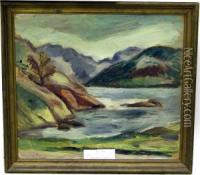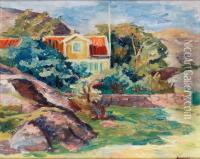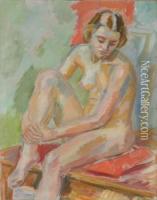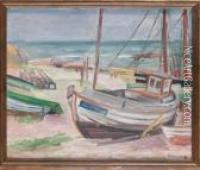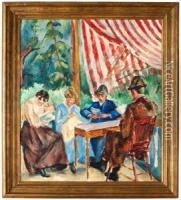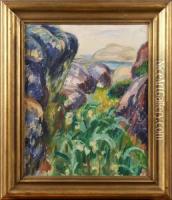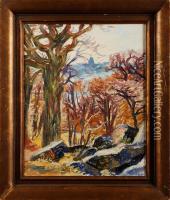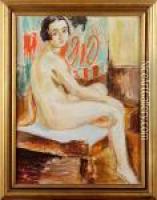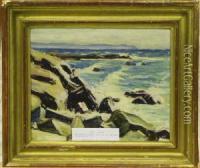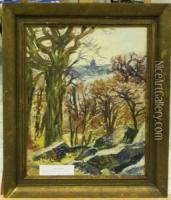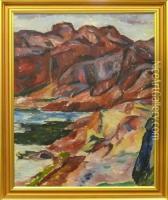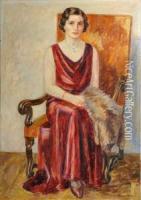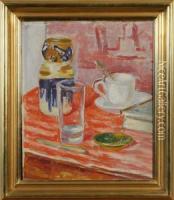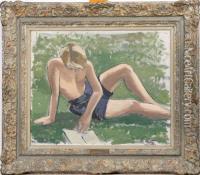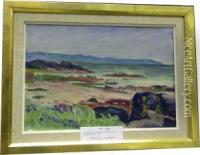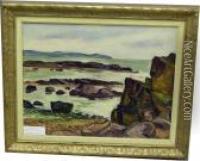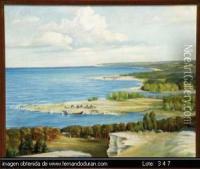Birger Simonsson Paintings
Birger Simonsson was a Swedish painter, born on November 12, 1883, in Gothenburg, Sweden. He is known for his contributions to the Nordic art scene, particularly during the early 20th century. Simonsson initially began his artistic studies at the Valand School of Fine Arts in his hometown, where he was influenced by his teacher, Carl Wilhelmson, who emphasized the importance of painting directly from nature.
Simonsson's early work was characterized by a naturalistic and realistic style, with a strong focus on landscapes and portraits. However, as he continued to develop his artistic voice, he became increasingly interested in the National Romantic style, which was prevalent in Sweden at the time. This style often celebrated the beauty of the Swedish landscape and the country's history and folklore.
In 1908, Simonsson traveled to Paris, which was the center of the art world during that era. The exposure to different artistic movements and the work of other artists greatly impacted his style. He began to incorporate elements of Impressionism and Post-Impressionism into his artwork, evident in his use of light and color.
Throughout his career, Simonsson participated in several significant exhibitions, both in Sweden and abroad. His work was included in the Baltic Exhibition in Malmö in 1914 and the Swedish Art Exhibitions in the United States in 1920 and 1923. These exhibitions helped to establish his reputation as a leading figure in Swedish art.
In addition to painting, Birger Simonsson was also involved in teaching. He took a position at the Valand School of Fine Arts, where he had once been a student, and later became a professor there. Through his teaching, he influenced a new generation of Swedish artists.
Simonsson's works are part of various museum collections, including the Nationalmuseum in Stockholm and the Gothenburg Museum of Art. His paintings are appreciated for their distinctive blend of naturalism and romanticism, as well as for their lyrical depiction of the Swedish landscape.
Birger Simonsson's life was cut short when he died on January 29, 1938, in Gothenburg. Despite his relatively brief career, his legacy endures, and he is remembered as an important contributor to the development of Swedish art in the early 20th century.
